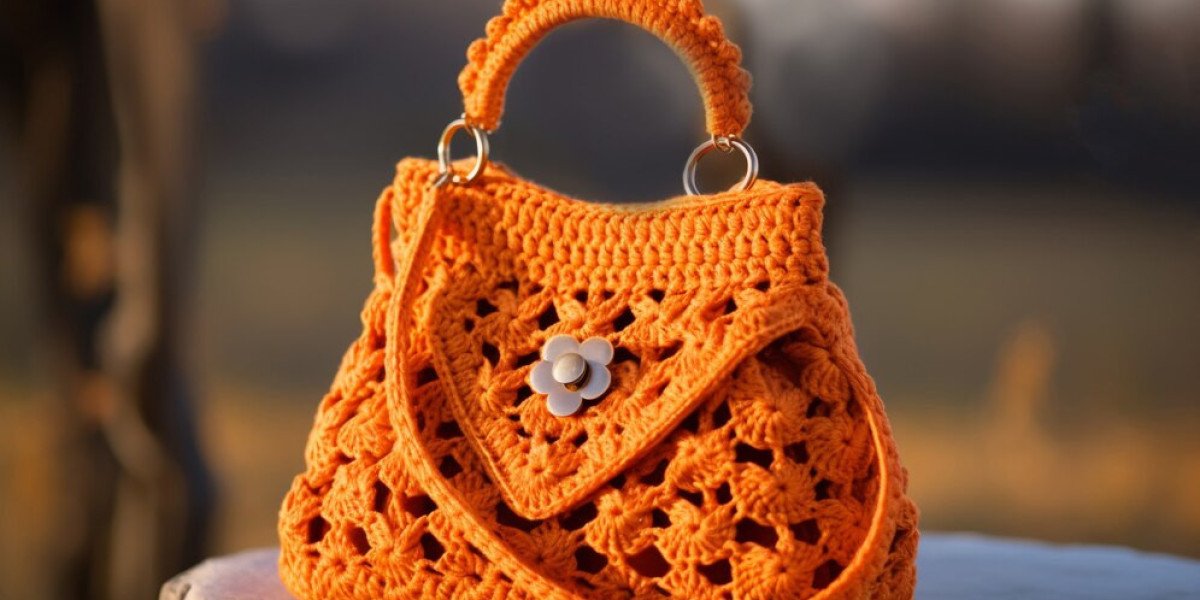Sustainability has transformed from a buzzword to a fundamental pillar of the fashion industry. Consumers now demand ethical production, eco-friendly materials, and transparent business practices from their favorite brands. Companies like 1st Step demonstrate how fashion can embrace sustainability without compromising style or quality. This shift represents more than just a trend—it's a complete reimagining of how we produce, consume, and think about clothing and accessories.
Why Sustainability Matters in Fashion
The fashion industry's environmental impact can no longer be ignored. Textile production generates massive carbon emissions, consumes vast water resources, and creates overwhelming waste. Fast fashion's disposable mentality has led to overflowing landfills and polluted ecosystems.
Sustainable fashion addresses these issues through responsible manufacturing, ethical labor practices, and circular design principles. It considers a product's entire lifecycle—from material sourcing to eventual disposal. Brands leading this movement prove that style and sustainability can coexist beautifully.
Key Sustainable Practices Changing the Industry
1. Eco-Friendly Material Innovation
Traditional fabrics like conventional cotton and polyester have significant environmental costs. Sustainable alternatives now include:
Organic cotton (uses less water, no pesticides)
Bamboo fabric (rapidly renewable resource)
Piñatex (leather alternative from pineapple leaves)
Recycled polyester (made from plastic bottles)
Mushroom leather (biodegradable and versatile)
These materials reduce fashion's ecological footprint while maintaining quality and durability.
2. Ethical Manufacturing Processes
Sustainable brands prioritize fair wages, safe working conditions, and humane treatment of workers. Many now employ:
Local artisans to preserve traditional craftsmanship
Small-batch production to prevent overstock waste
Renewable energy in manufacturing facilities
Waterless dyeing techniques to conserve resources
3. Circular Fashion Models
The "take-make-waste" model is being replaced by circular systems that include:
Clothing rental and subscription services
Repair and refurbishment programs
Take-back schemes for recycling old items
Modular designs for easy updating and repair
How Consumers Drive Sustainable Change
Shopping habits significantly influence industry practices. Conscious consumers now:
Research brands' sustainability claims before purchasing
Invest in quality pieces that last for years
Support brands with transparent supply chains
Embrace secondhand and vintage shopping
Properly care for and repair existing items
This shift in consumer behavior forces brands to adopt more responsible practices or risk losing market share.
The Business Case for Sustainability
Contrary to old assumptions, sustainability drives profitability through:
Reduced material and energy costs over time
Stronger customer loyalty and brand reputation
Compliance with increasing environmental regulations
Appeal to younger, environmentally-conscious demographics
Innovation opportunities in materials and processes
Brands like 1st Step prove that ethical production can coexist with commercial success. Their sustainable collections attract customers who value both style and responsibility.
Spotlight on Sustainable Footwear and Accessories
Shoes and bags present unique sustainability challenges due to their complex construction. Progressive brands address this by:
Using vegetable-tanned leathers instead of toxic chrome tanning
Incorporating recycled rubber for soles
Designing for disassembly to facilitate recycling
Offering repair services to extend product life
Creating timeless styles that avoid seasonal obsolescence
These approaches significantly reduce fashion's environmental impact while delivering products customers love.
Overcoming Greenwashing in Fashion
As sustainability becomes profitable, some brands engage in misleading marketing. Consumers can identify genuine commitments by looking for:
Specific, measurable sustainability goals
Third-party certifications (GOTS, B Corp, etc.)
Transparent supply chain information
Tangible progress reports over time
Willingness to discuss challenges openly
The Future of Sustainable Fashion
Emerging innovations promise to make fashion even greener:
Carbon-negative materials under development
AI-assisted design reducing material waste
Blockchain for complete supply chain transparency
Biofabrication growing materials in labs
Rental and resale platforms becoming mainstream
These advancements will make sustainable choices easier and more accessible for all consumers.
5 Relevant FAQs
How can I tell if a brand is truly sustainable?
Look beyond marketing claims to actual certifications, material lists, and detailed information about their manufacturing processes and labor practices.Are sustainable fashion products more expensive?
While often priced higher initially, sustainable items typically offer better value through superior quality and longevity that reduces replacement costs.Can leather ever be sustainable?
Yes, when sourced from responsible tanneries using vegetable tanning processes and coming as a byproduct of the meat industry (not raised solely for hides).How do I dispose of old clothes responsibly?
Donate wearable items, recycle through brand take-back programs, or repurpose into cleaning rags before considering landfill as a last resort.What's the most impactful sustainable fashion choice I can make?
Buying fewer, higher-quality items and wearing them longer has greater environmental benefit than any single material choice.








